Jellyfish, with their ethereal beauty and unique life cycle, inhabit every single ocean on our globe. Their habitats are as diverse as the jellyfish species themselves, ranging from warm tropical waters to the icy depths of the Arctic. Nature lovers and budding marine biologists alike will find the world of jellyfish habitats as captivating as the creatures themselves.
Different Homes of Jellyfish Species
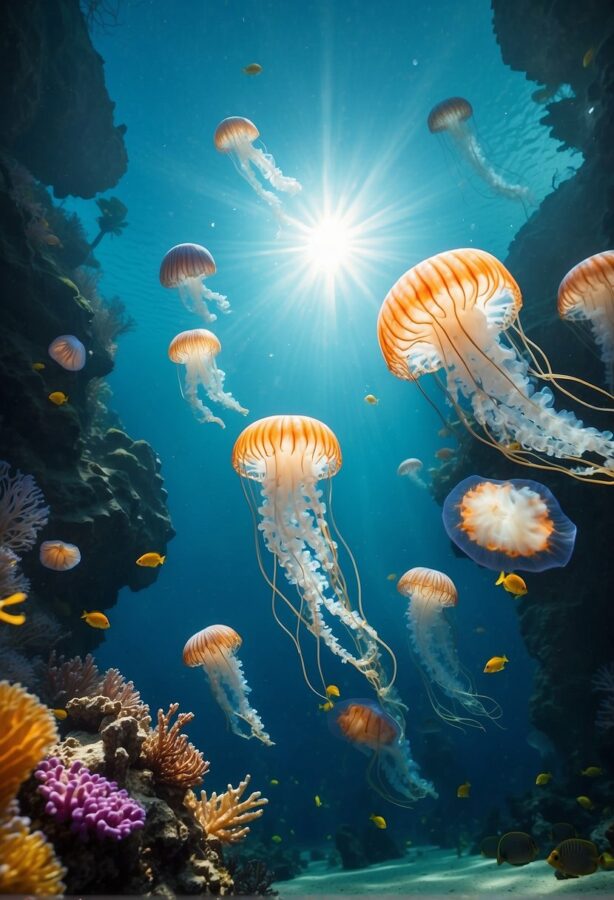
The exquisite jellyfish do not restrict themselves to one type of oceanic haven. There are some which hover near coasts while others dive into the mystery of the deep sea. Many prefer to sail freely in the vast expanses of the open ocean while several seek comfort in the chilly waters of polar regions.
Coastal Dwellers: Shallow Water Jellyfish Habitat
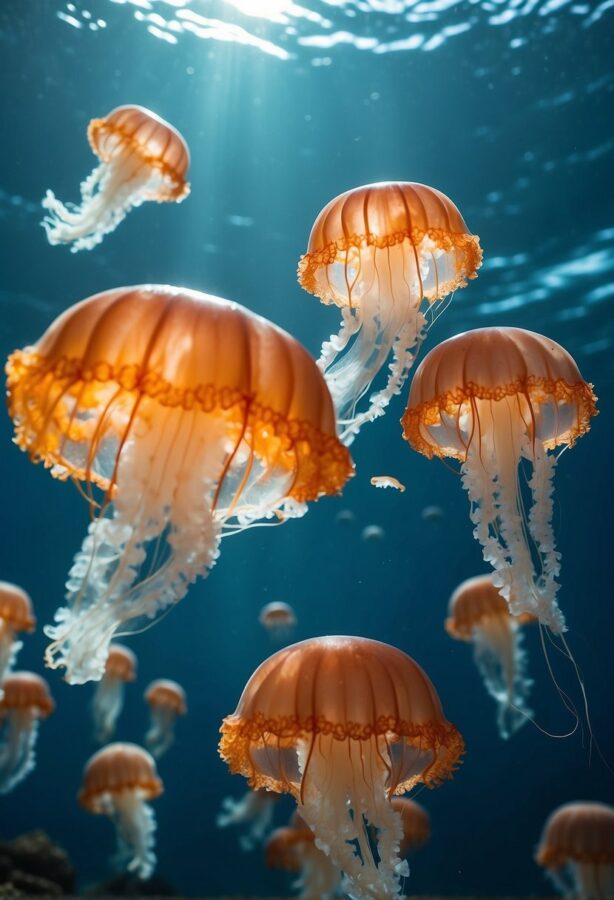
A majority of smaller jellyfish species relish their life in shallow waters. Near beaches and within harbors, we often encounter creatures such as the blue blubber jellyfish, the lagoon jellyfish, or the mangrove jellyfish. Interestingly, their preference for surface waters enhances their fascinating symbiotic relationships with specific types of algae.
Box Jellyfish: Australia’s Danger
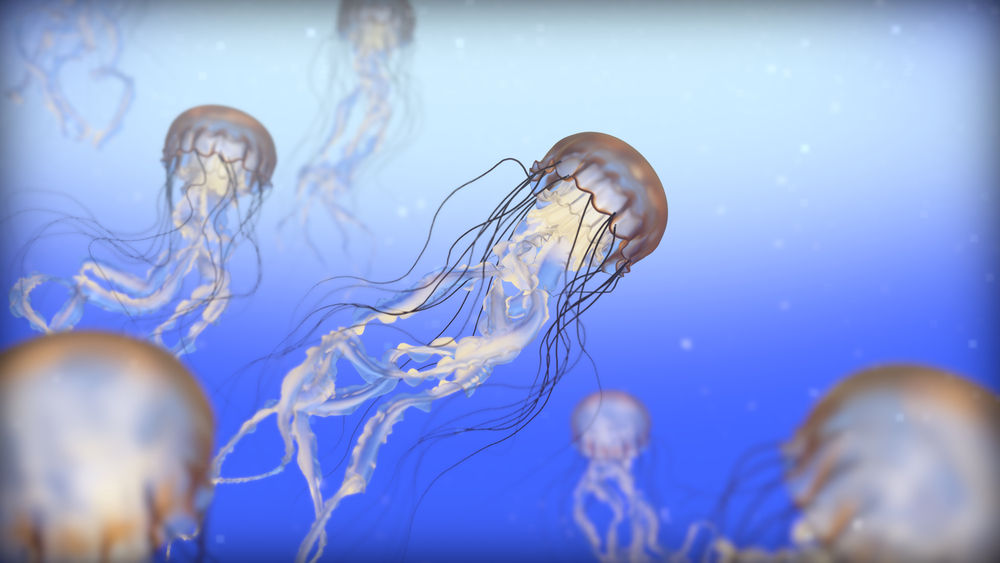
The coastal waters of Australia are home to the infamous box jellyfish, recognized globally for the danger it poses. The sting from this creature is not only excruciatingly painful but also extremely poisonous, often leading to life-threatening situations.
Mid-Depth and Deep Sea Dwellers
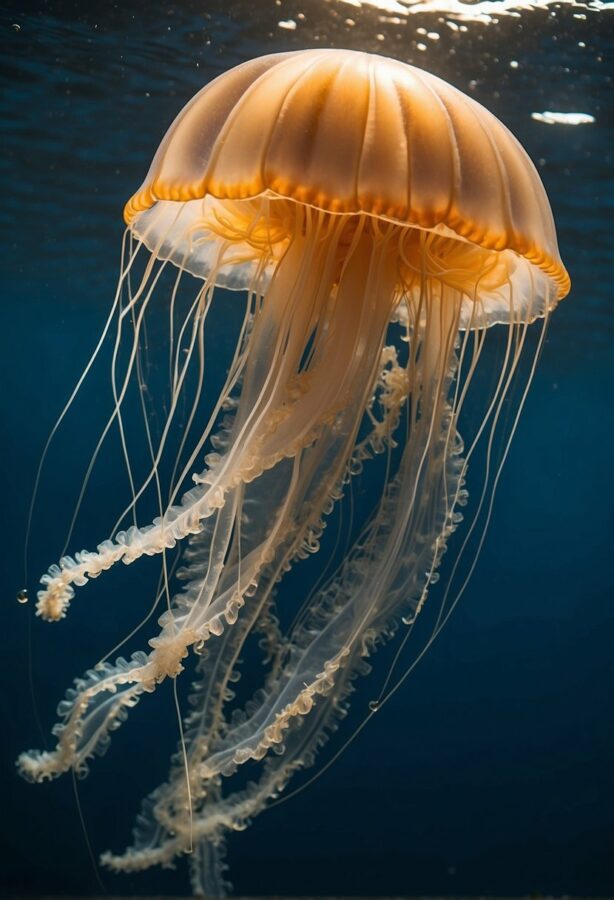
Jellyfish that have mastered the art of swimming may dominate mid-depth oceanic zones. Their prowess allows them to quickly shoot up to the ocean surface and return to their abode below. One such expert swimmer is the Portuguese Man o’War, also known as the blue bubble or blue bottle jellyfish.
On the other hand, the cnidarians and ctenophores, relatives of jellyfish, are often discovered in the deepest, darkest crevices of the ocean. They are enigmatic beings,with each encounter revealing something new about their lives in the mysterious deep sea.
Life in Polar Regions
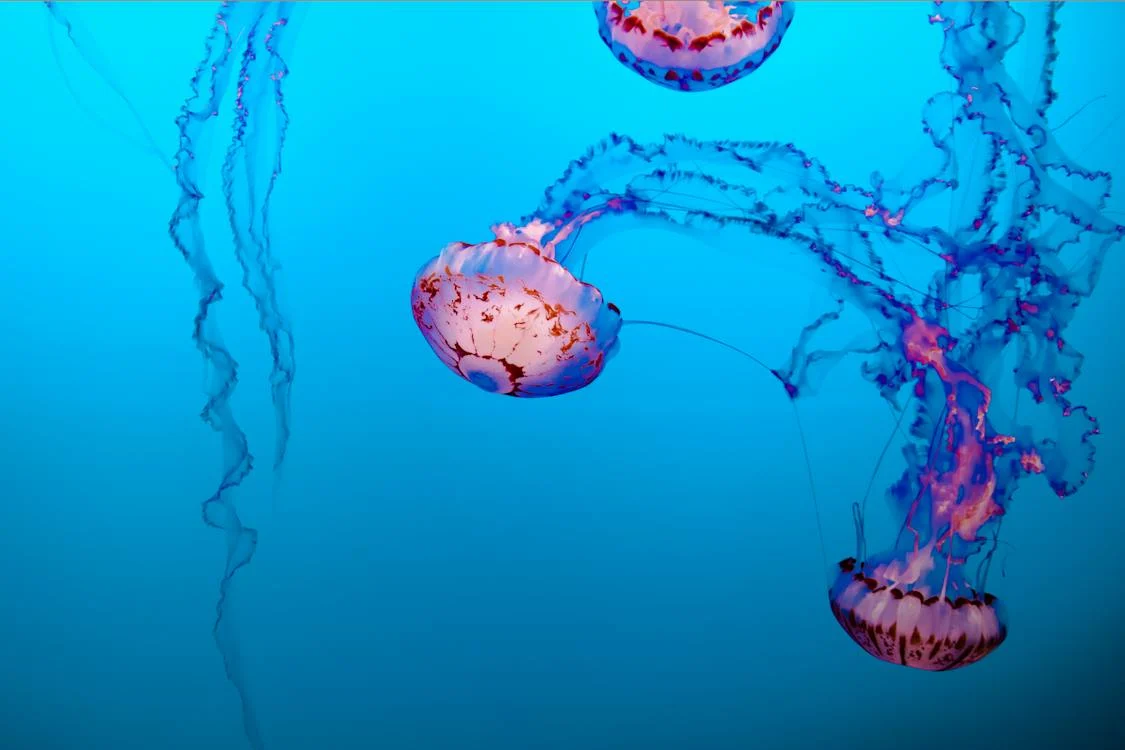
Interestingly, a brave few such as the lion’s mane jellyfish choose to inhabit the coldest corners of the world. They coexist with the polar bears and the seals in the harsh waters of the Arctic and Antarctic regions.
Delightful Tidbits About Jellyfish
- These aquatic marvels have been swimming our planet’s oceans for over 650 million years, that’s before dinosaurs!
- The box jellyfish earns the title of the most lethal sea creature, claiming more human lives annually than any other marine species.
- The colossal lion’s mane jellyfish can flaunt tentacles as long as half a football field!
- The modest jellyfish might have the potential to combat world hunger. Yes, you read that right! Certain jellyfish species might serve as a sustainable source of protein.
Discover More About Jellyfish
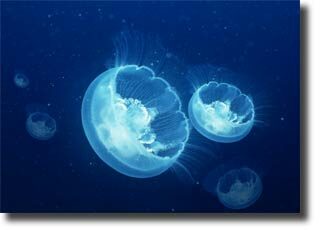
Navigation through the ocean world of jellyfish habitats is a captivating journey. As we continually explore, the enchanting lives of these fascinating creatures unfold before us.